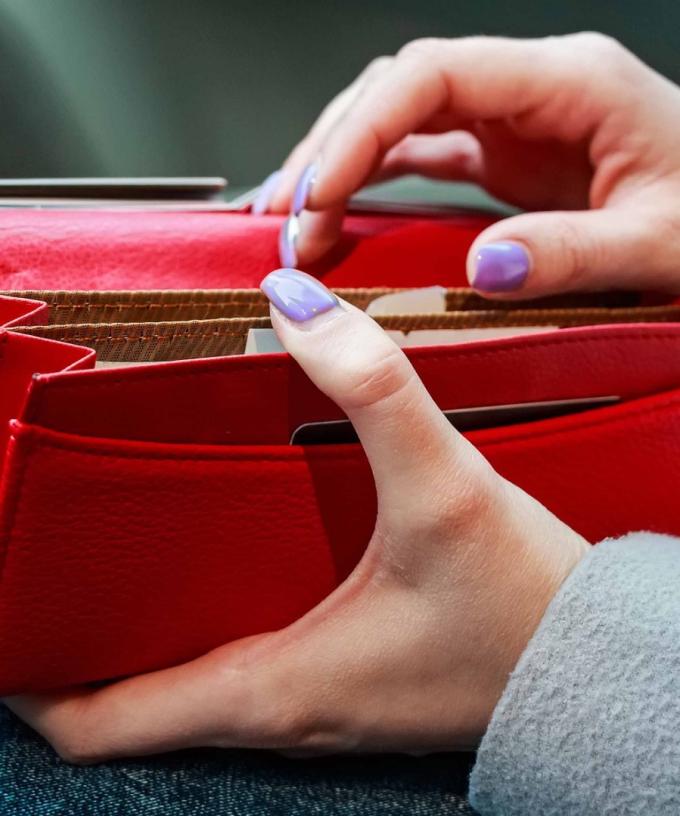The central bank governor has reassured Australian households and businesses inflation will come down, but further rises in interest rates will be needed in the short term.
Financial markets are already pointing to an average inflation rate over the next ten years of “two point something”, Reserve Bank of Australia Governor Philip Lowe said on Wednesday.
But the key to winding back price pressures – and the pace of rate rises – will be community expectations for inflation, which he wants to see “anchored” toward the RBA’s target of between two to three per cent on average over the course of the economic cycle.
“If inflation expectations shift up and businesses and workers come to expect higher rates of inflation on an ongoing basis, it will be harder to return inflation to target – doing so would require higher interest rates and a sharper slowing in spending,” Dr Lowe told a forum in Melbourne.
“It is in our collective interest that this does not happen.”
Inflation in Australia is currently running at 5.1 per cent and is forecast to rise to six per cent by the end of this year.
But Dr Lowe said it was plausible inflation would fall in “the next little while” because the prices of key commodities like crude oil, wheat and base metals are coming down.
“We will see some moderation inflation pressures because of what’s going on on the supply side now in the global economy,” he told The Australian-hosted Strategic Business Forum.
On the demand side, Dr Lowe noted the domestic economy bounced back strongly from the COVID-19 Omicron outbreak in January, especially in the labour market where the jobless rate is now at a 48-year low of 3.5 per cent.
“We’ve wanted to get back to full employment for decades and we’ve struggled to do that. We’re now pretty close,” he said.
“I know it makes it hard for firms to recruit workers but … it gives people confidence to keep spending.
“And our task now is to bring inflation back to target while keeping the labour market reasonably firm.”
Dr Lowe said managing community expectations for inflation was key to the central bank’s success.
“The message to the community from the Reserve Bank and other central banks is be confident that it will come down. That’s it,” he said.
“We’re going to do what’s necessary to make sure that happens.”
If expectations moderate “we can have a lower peak in interest rates”.
“So the mindset we have is one of steady increases in interest rates now to forestall a persistent shift in inflation and inflation expectations,” Dr Lowe said.
The Australian Bureau of Statistics’ June quarter inflation data, due on July 27, is expected to show the annual rate has ticked up from 5.1 per cent on the back of ongoing price pressures.
Financial market economists expect this will prompt the central bank to lift rates again in August, ahead of further possible increases over the rest of the year.
The RBA began raising the cash interest rate from an all-time low of 0.1 per cent in May.







